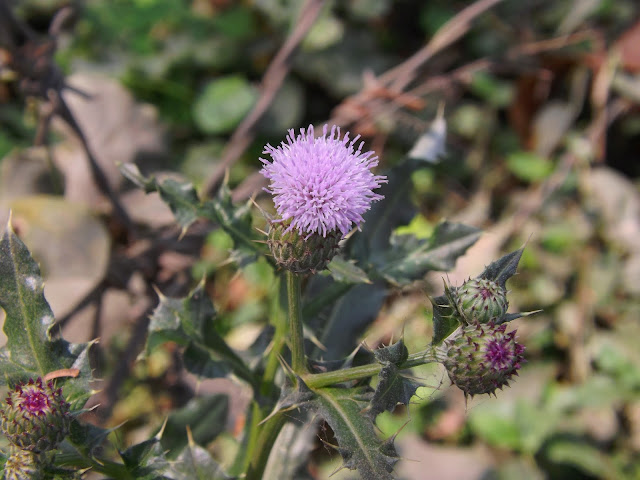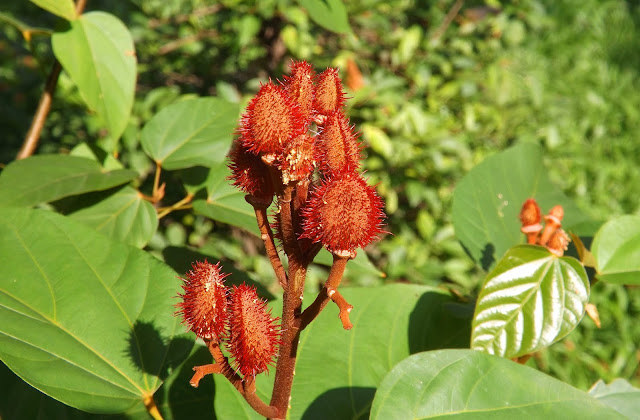Keteli or Creeping thistle, Cricus arvensis

Keteli or Creeping thistle ( Cricus arvensis , family: Asteraceae) is an erect perennial herb, attaining a height of 40-120 cm. It grows on cropland or on the edge of lands in Bangladesh. Its stem and leaves are covered with cobwebby hairs. Spiny leaves are simple, dented, unevenly wavy, sessile, usually 7-10 cm long and 1-3 cm wide. Other name: Kanta dudhley, Kanta kandailey, Shilkanta, Logakanta. Flowers are small, pink, borne on head. Single flower is soft as a feather. Male and female flowers bloom on separate inflorescences. The infloresence bearing male flowers is round and the one bearing female flowers is oblong. The fruit is an achene, having brown pappus and looking glaucous and glabrous. Mature seeds are cotton-like fiber which can spread far and wide. It is mostly found in the rural areas of the country. By the by, the flowering time of the plant is spring.


